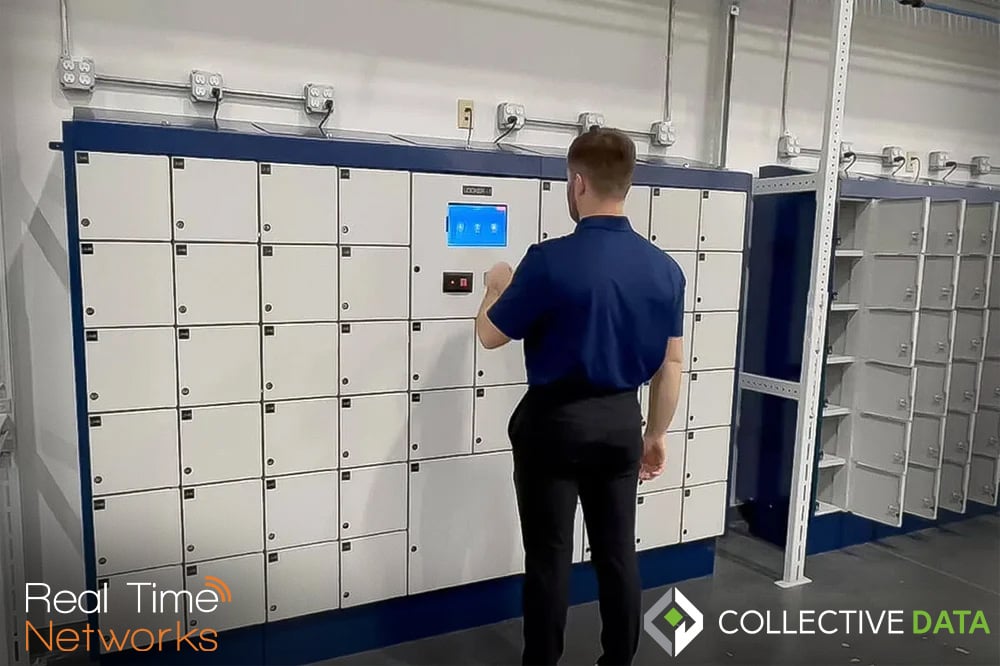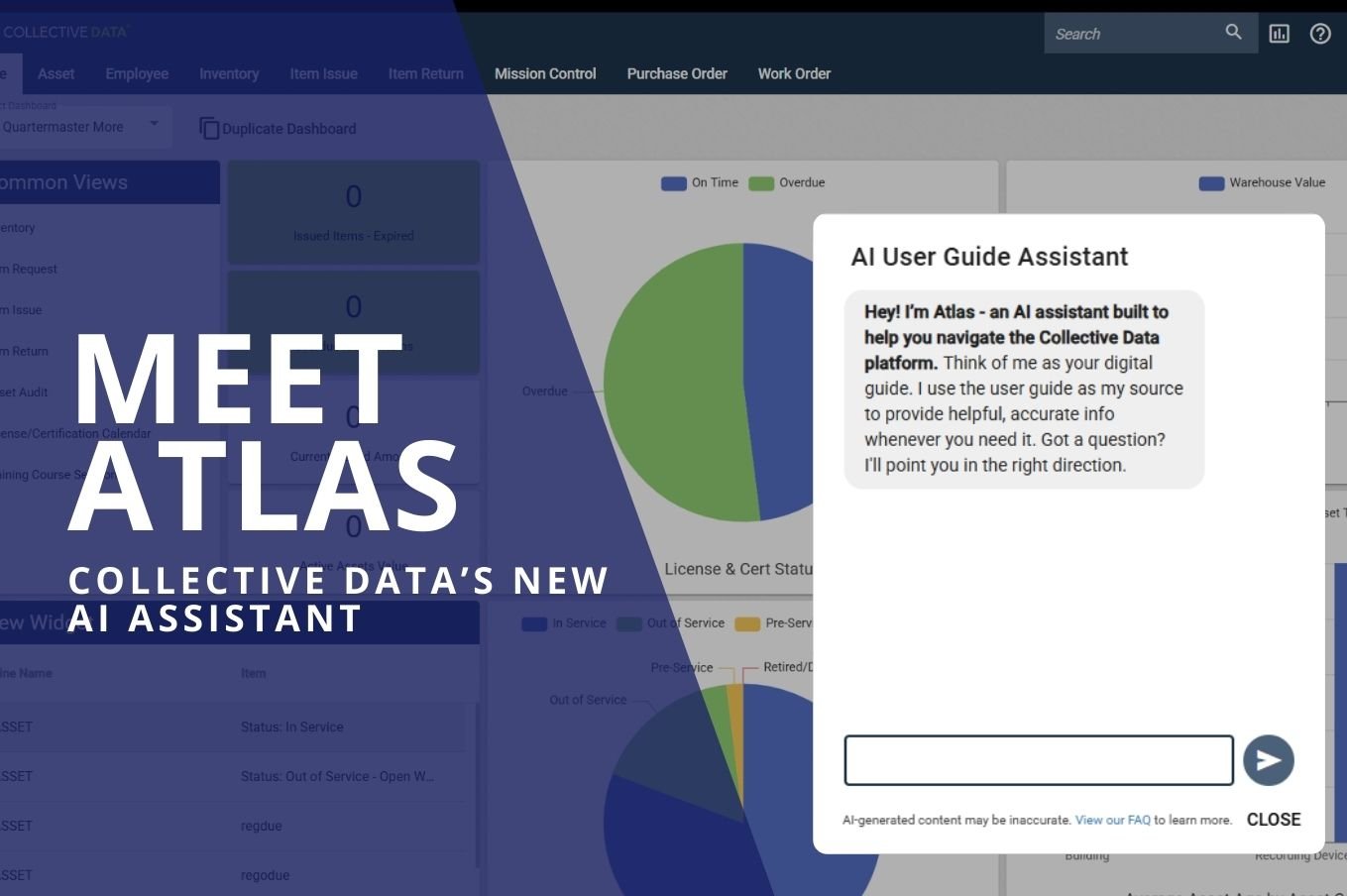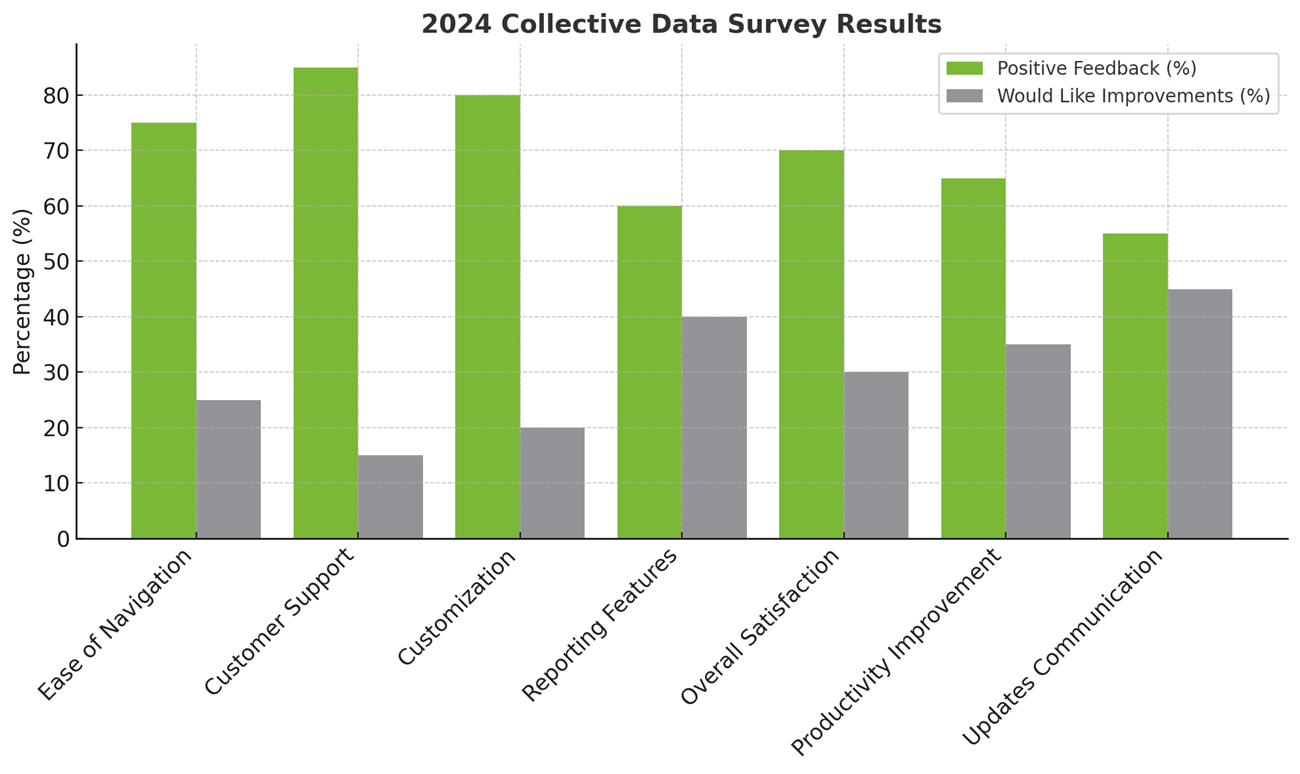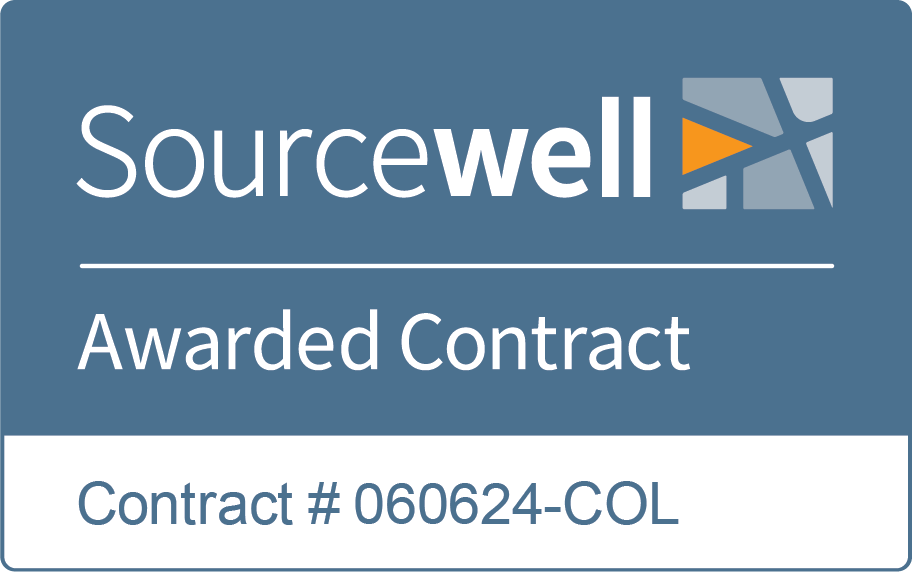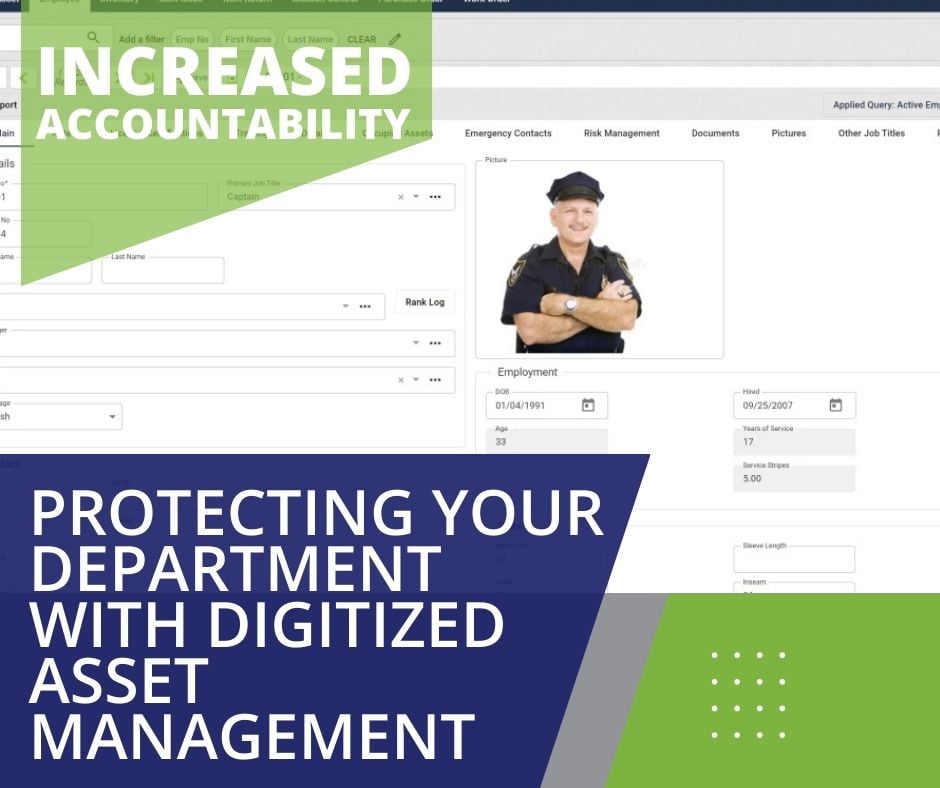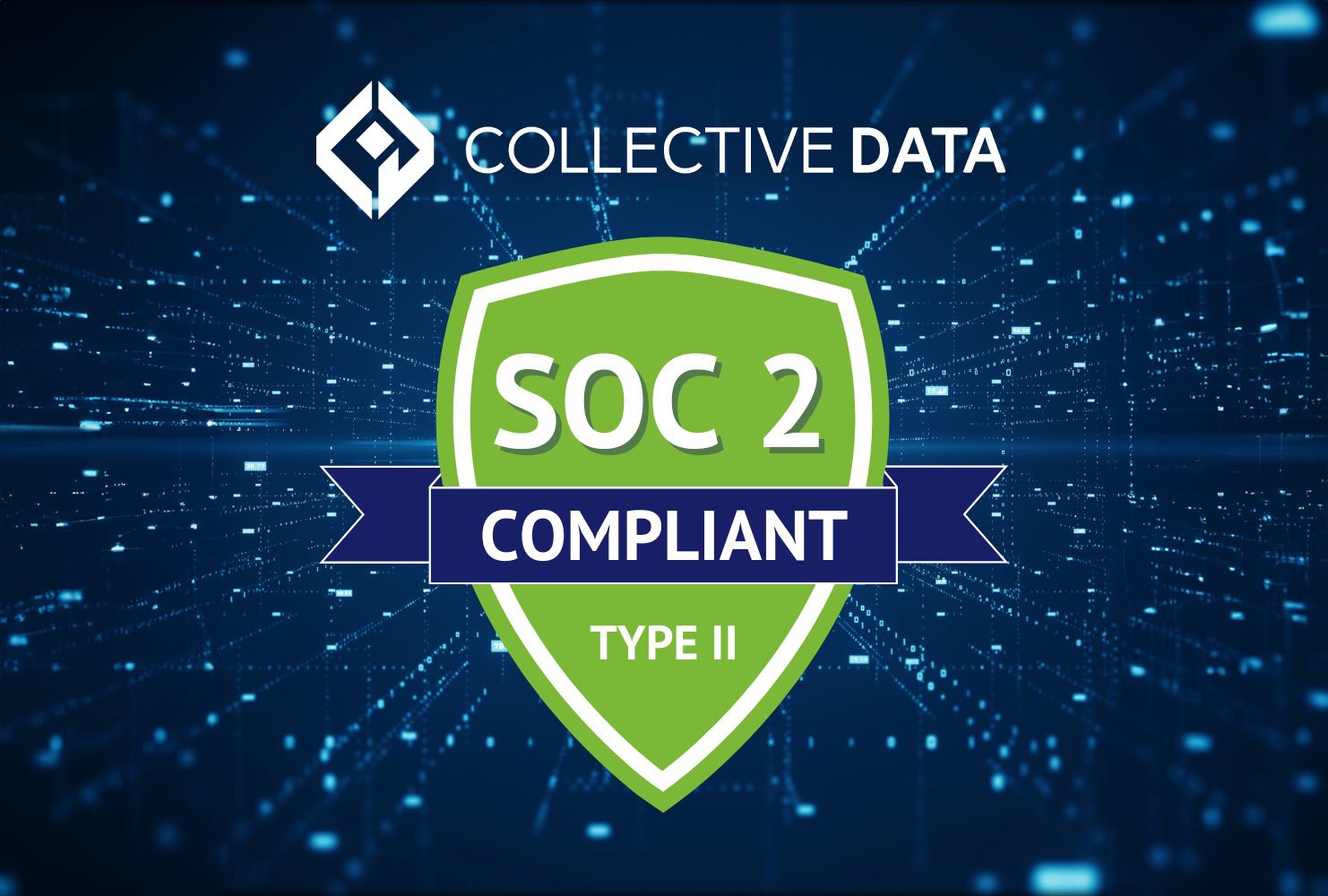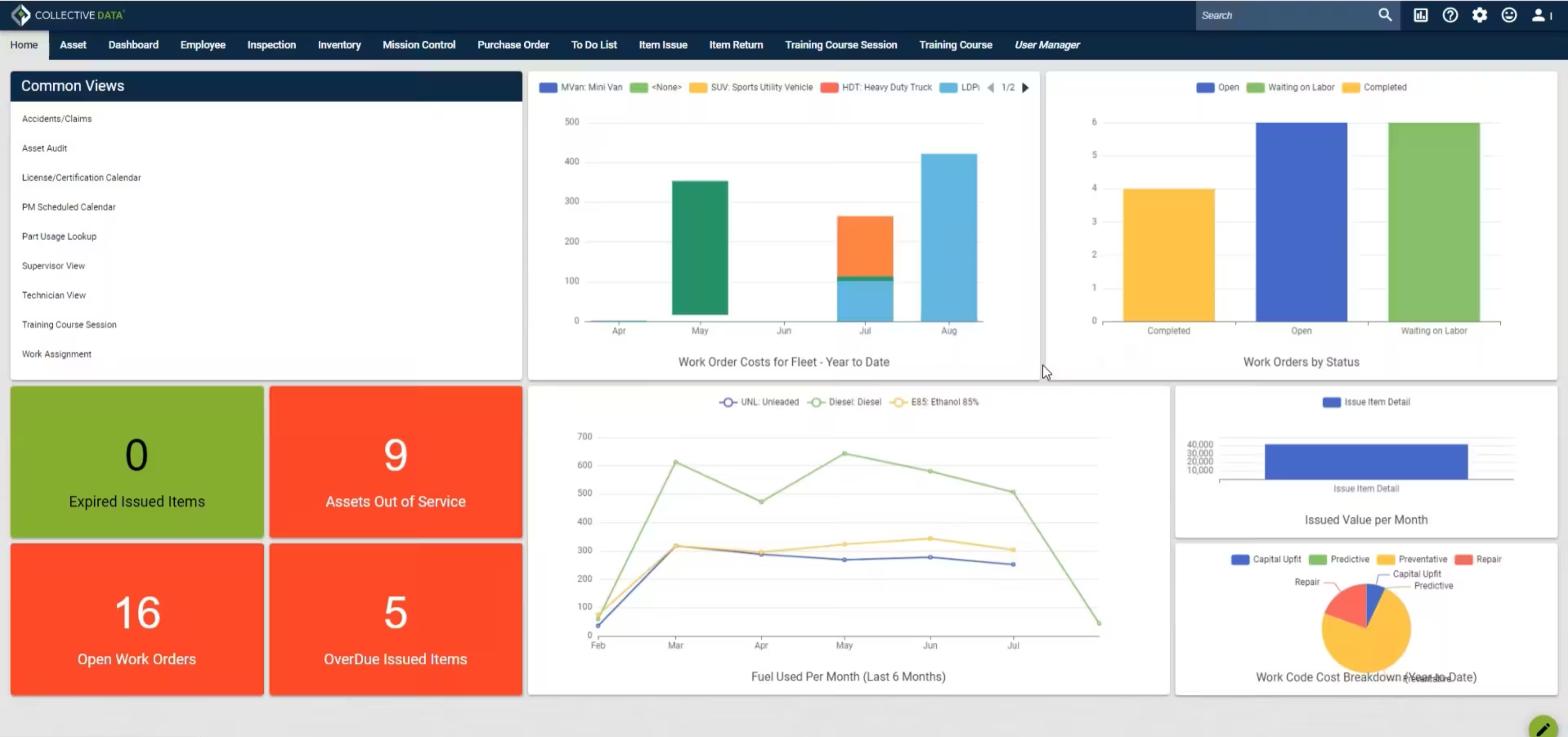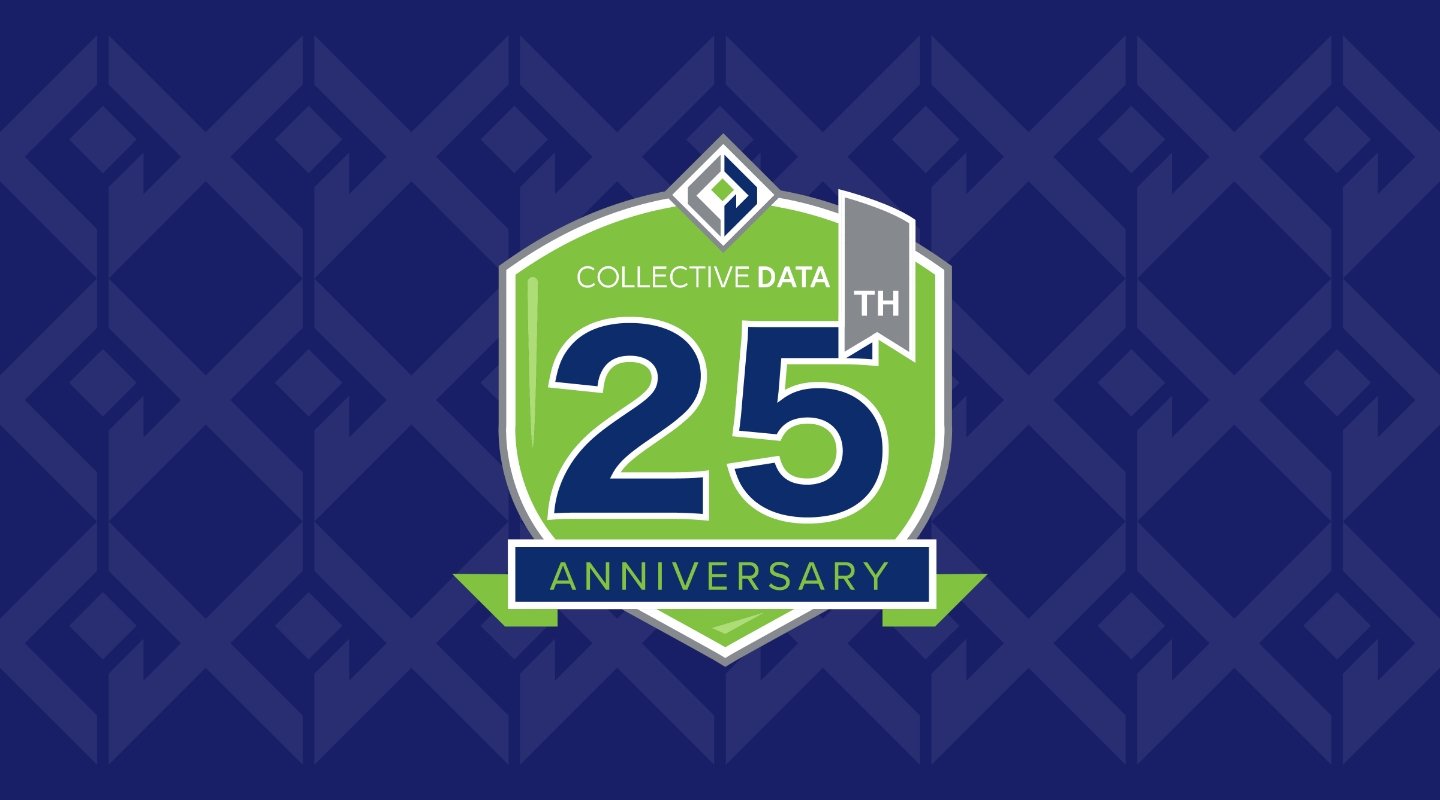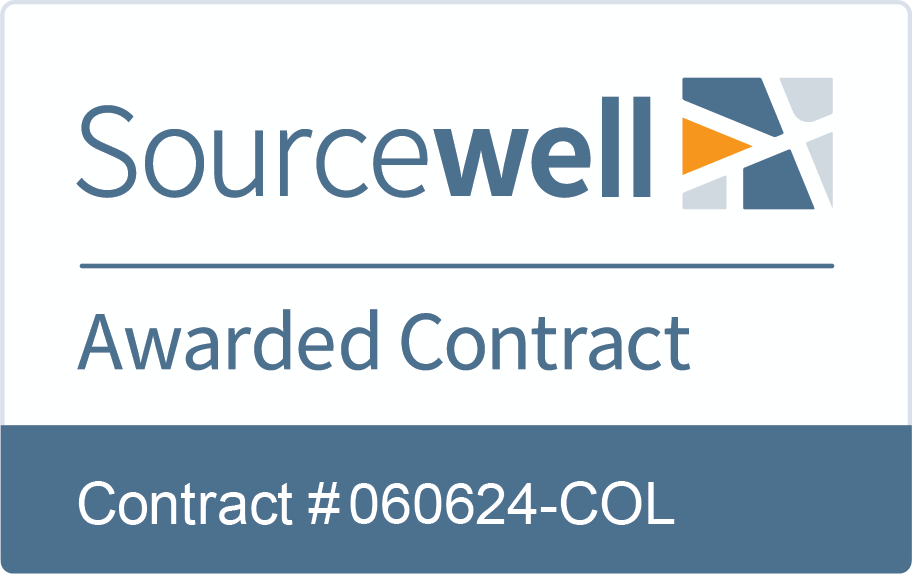It is the end of the year and you are tasked with finding a new software provider. Your organization wants something new. The problem is, the last time you purchased software or even reviewed what was available, terms like “floppy disk” and “AOL” were common practice. Now you are trying to understand what is meant by “Web-based”, “EULA” and “Concurrent logins”.
I have been in your shoes. As a buyer on a large enterprise CRM software purchase and now as a consultant. The process doesn’t have to be rocky; it can be smooth. It takes a team effort and a deliberate and methodical approach to ensure that you make the right choice.
It has been my experience that there are five ways that you and your organization can effectively engage with software providers. When these methods are applied appropriately you can ensure that your purchasing, onboarding and adoption experience lead to an effective long-term partnership.
- Create a project team
I have seen this time and time again. Leadership assigns the task of finding new software. You call around, search google, hit the REQUEST DEMO button, and boom you are inundated with options. You ask for quotes, report back, and nothing happens.
To ensure progress, less headaches and success – I recommend developing a team. Start small, by choosing an executive level leader, someone from IT and yourself. Having multiple perspectives and additional buy-in will ensure that you are not just evaluating providers based on price. A team approach will force you to engage and collaborate internally including your future software provider.
When was the last time you made a large investment? Was it when you bought a new house? Purchased a new car? When you made that purchase, what was the intent?
Purchasing software is no different. After you have a project team in place, think of what you need in a new system. To help create the end goal, ask your team the following questions:
- What is not currently working?
- What needs automated?
- What other software needs to be integrated?
- When we implement this savings, what will our company look like?
- Do we need customizations or can we simply purchase OTS (off the shelf)
- Establish a timeline
Organizations often find themselves having to upgrade because the current version of the software is not supported. This happens because timelines weren’t established, breakdowns in communication occurred, and/or the software wasn’t utilized as it was intended.
Ensure your journey to a better experience is planned and benchmarks clearly identified. By communicating timelines, creating schedules, and having a clearly defined start and end date, your organization will see progress.
By now you have done your research, made some calls, and have sat through about 25 demos. Your brain is mush and every solution starts to look the same. You start receiving quotes and the team narrows the field amongst the lowest bidder.
Hit the pause button and create evaluation criteria based on your goals. Now communicate your findings with the top three vendors that provided the most value. Educate them on what you have discovered. Encourage them to customize a new demonstration that hits upon your goals. This will generate more engagement with your team and will create value and distance amongst your initial choices. You will quickly discover who can accommodate your vision and consult with you on more engaging level.
- Review all proposals and quotes together
Repeat after me, “I will not say, just email me a proposal.” Let’s repeat that again, “I will not say, just email me a proposal.” At this point in the process, you may have 10,15,25 proposals/quotes. How many of them have you actually reviewed in person or over a conference call with your future software partner?
Sending proposals in an email is a sure-fire way to create more work on your end, leaving your software partner in proposal purgatory. You end up getting five calls in two weeks, 10 “just checking-in” emails, and no value that helps you move forward. It is important to know the investment and structure of the deal. However, there are so many questions and healthy discussion points that can be uncovered in a 15-30-minute proposal review. This approach will free you from the “just checking in phone call,” creating more accountability from each vendor.
In working with hundreds of clients across several industries, I have seen the good, bad and the ugly of processes. I have been guilty of “just sending the proposal” and quite frankly can’t think of one client that has been successful in that approach.
Over the years I have learned and refined this approach with my partners and have experienced great success with those that have:
- Created a project team
- Clearly identified goals
- Established a timeline
- Expected more than one demo
- Reviewed all proposals and quotes together
My professional experience has taught me that sometimes you have to slow the process down to actually move faster.



